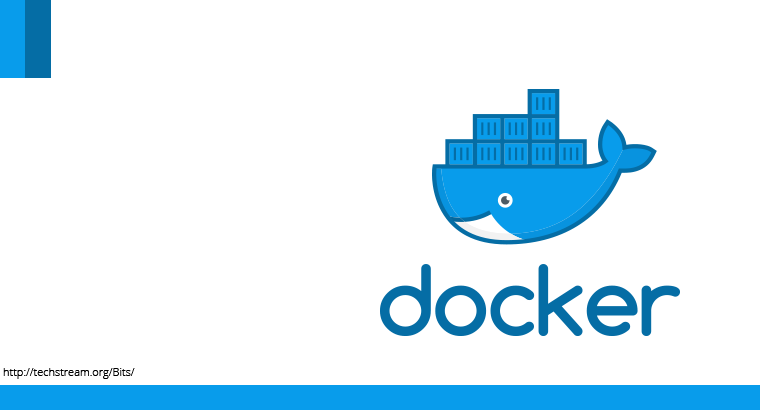There are several effective methods for mitigating common threats, risks, and vulnerabilities in custom software development projects. Risk management is a fundamental component of every successful software development life cycle (SDLC). In fact, proper software risk mitigation will ultimately make or break the success of your project. Fortunately, there are several straightforward techniques that software programmers, such as yourself, can implement. This way, you can reduce project liability and achieve a better expectation for success. Of course, these proven processes often help you quickly identify potential trouble spots and minimize surprises throughout your build. To help you get started, read on to learn about the best methods for mitigating risks in custom software development assets.
Create A Risk Action Plan
Firstly, you should create a strategic risk action plan for minimizing common software threats and vulnerabilities. Within your plan, clearly describe every potential risk that your software project could incur. Then, estimate the likelihood of each risk occurring on a scale of one to ten. Once you have done so, outline specific actions that must be taken in order to reduce risk before it becomes a larger problem. At the same time, you should specify any future control measures. This way, you can accurately determine how the risk occurred in the first place, and how it can be prevented from happening again. Certainly, creating a risk action plan is a key component of software development risk management.
Integrate The Best Development Tools
Next, it is important to utilize the best security-driven development tools. There are plenty of advanced development tools to improve your custom software risk prevention and protection. For example, you can use a Docker registry by JFrog to manage development, conduct artifact flow control, and control distribution. Simultaneously, these tools empower you to perform strong vulnerability analyses, which will greatly improve your overall system security. This way, you can reliably deploy containers, better collaborate with your team, and gain deeper insights into issues. Moreover, these resources help you effectively secure, store, and distribute all of your Docker images. Indeed, utilizing the best programming tools is an excellent strategy to solidify your custom software risk prevention.
Opt For Agile Development Methodology
In addition, following agile development methodology techniques is a great way to minimize custom software threats. The agile framework is an iterative, security-driven approach to software product delivery. Opting for this build architecture, you can ensure early detection of problems, rapid feedback cycles, and the ability to customize throughout development. At the same time, agile often leads to higher levels of programming performance against timing and budgets. Of course, this will help you keep everyone on the same page, and guarantee no important elements are overlooked. Surely, leveraging agile programming methodology is a key technique to enhance your software development risk strategy.
Implement Routine Testing Procedures
Of course, you should always try to establish, then increase the frequency of your routine testing procedures. At a minimum, you should be conducting performance, functional, and security testing on a monthly basis. Simultaneously, many expert developers recommend conducting regression, load, and smoke testing on a quarterly-basis. This way, you can promote productivity, efficiency, and performance across your pipeline. At the same time, routine testing will help you streamline quality, stakeholder satisfaction, and software optimization. Absolutely, implementing routine testing protocols is key to amplify software programming risk management.
Solidify Your Security Architecture
Moreover, you should always be looking to solidify your software security architecture. To amplify your system security, build software using high-level computer coding languages with robust protection capabilities. In addition, you should require comprehensive software quality assurance (QA) protocols such as static code review and penetration testing. This way, you can protect your products from unauthorized access, bolster stakeholder confidence, and enhance information security. Moreover, these smart techniques help you elevate your procedures for loss prevention and disaster recovery. Indubitably, solidifying your software security architecture will help you minimize many of the common risks associated with custom development.
There are plenty of effective techniques to mitigate the most common risks in custom software programming. First and foremost, draft a strategic action plan for risk management. Next, integrate some dependable, security-focused programming tools. Of course, there are plenty of specialized resources that help you secure your Docker development environment. In addition, you should follow agile programming techniques. Of course, implementing routine testing procedures to catch any risks early on. Moreover, look for robust new ways to solidify your security architecture. Follow the points highlighted above to learn about the best methods for mitigating risks in custom software development.



